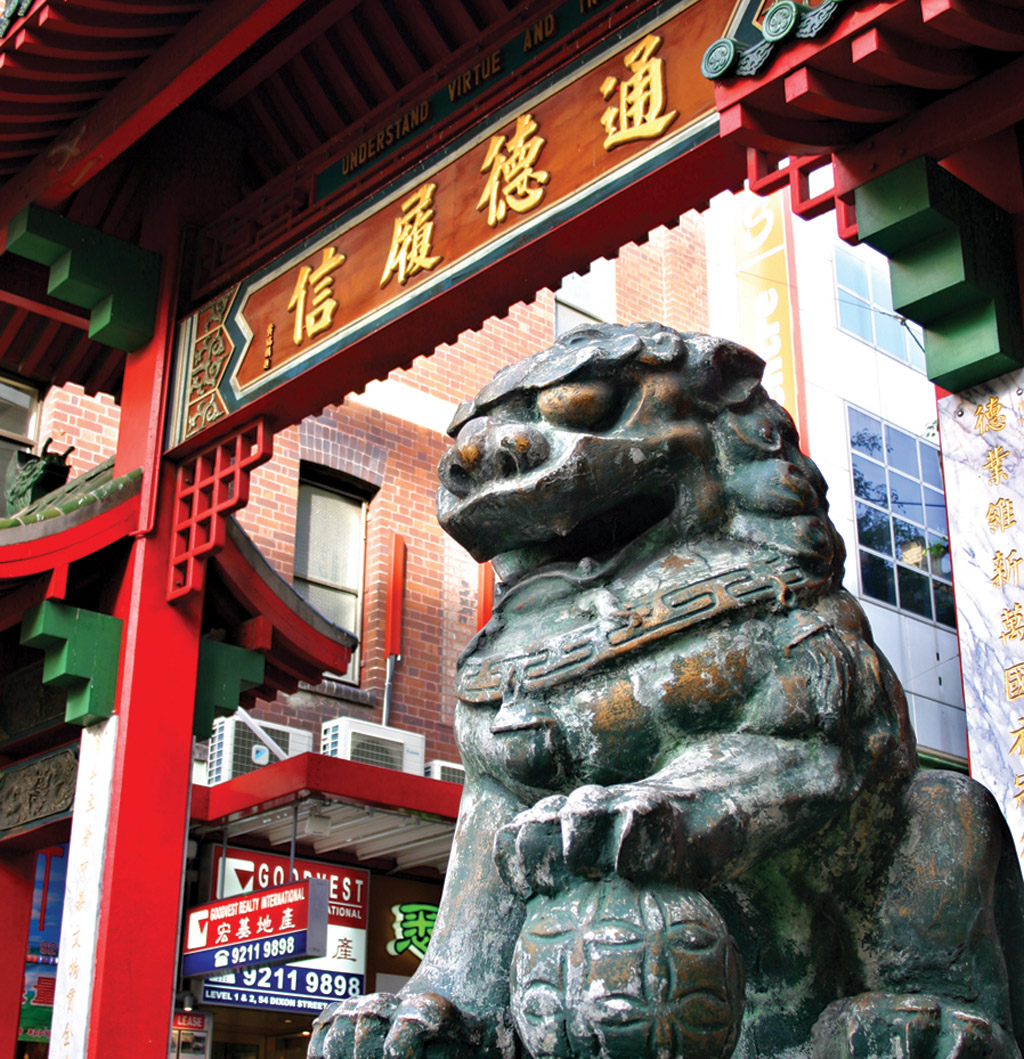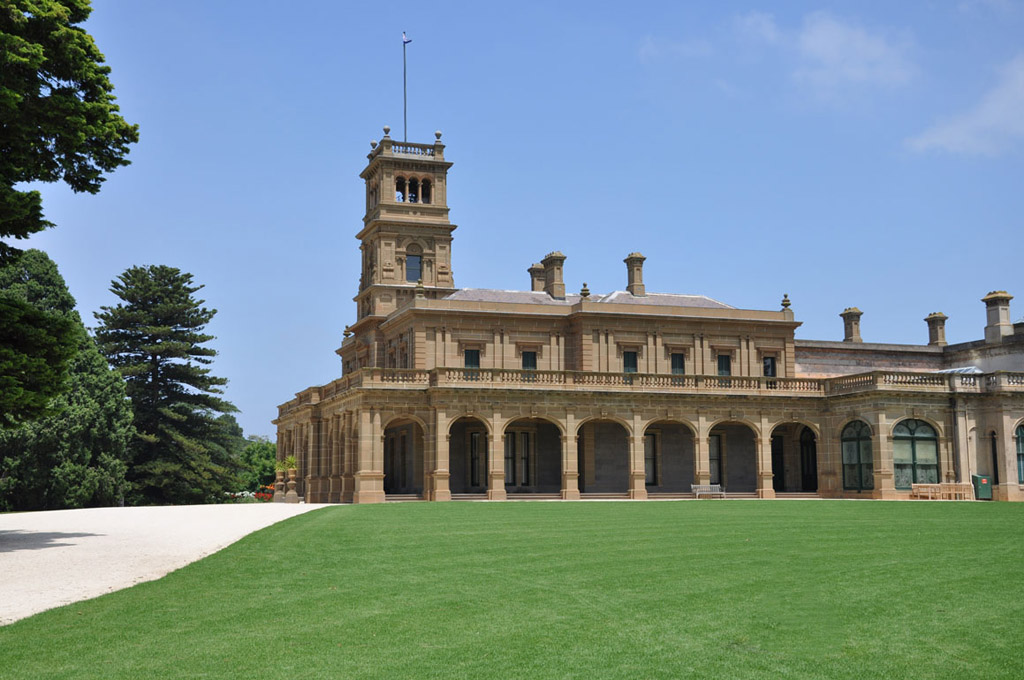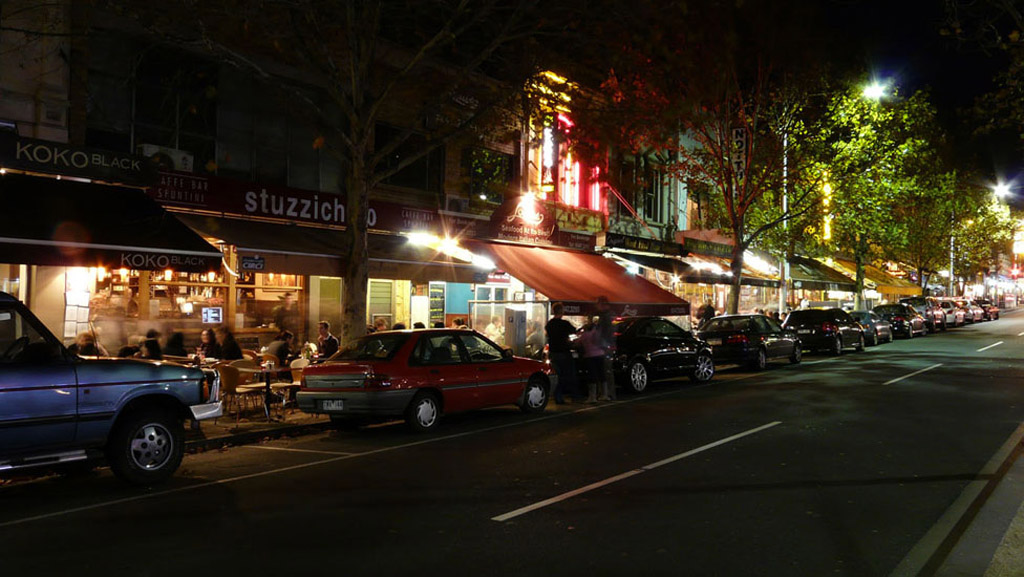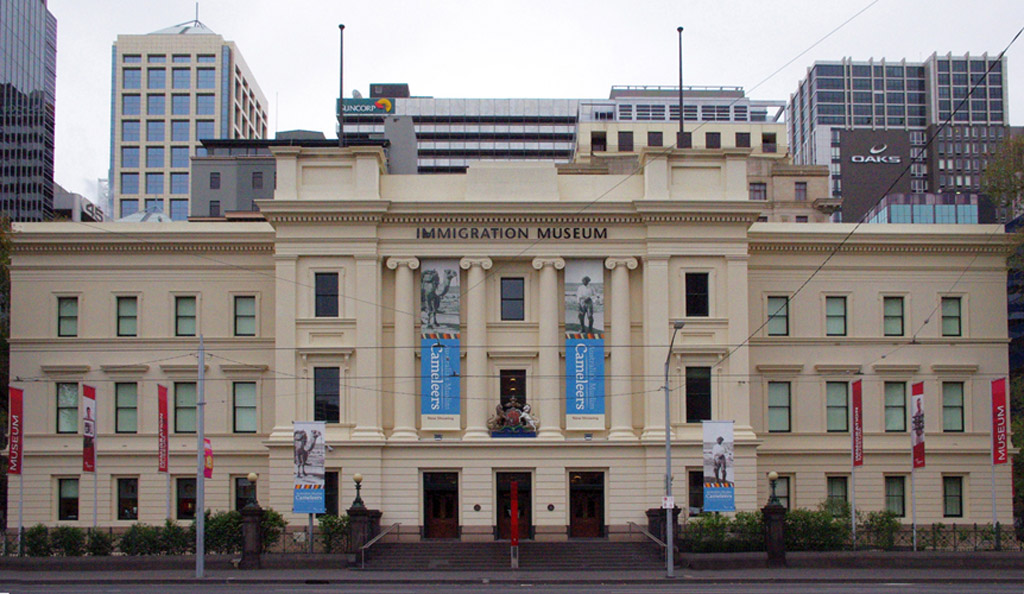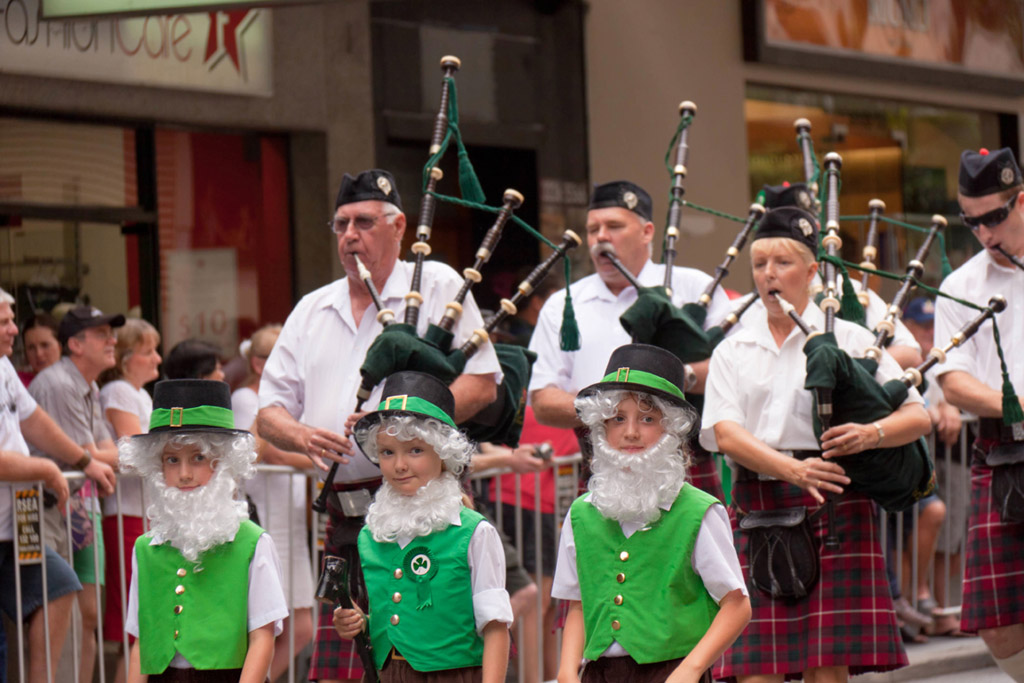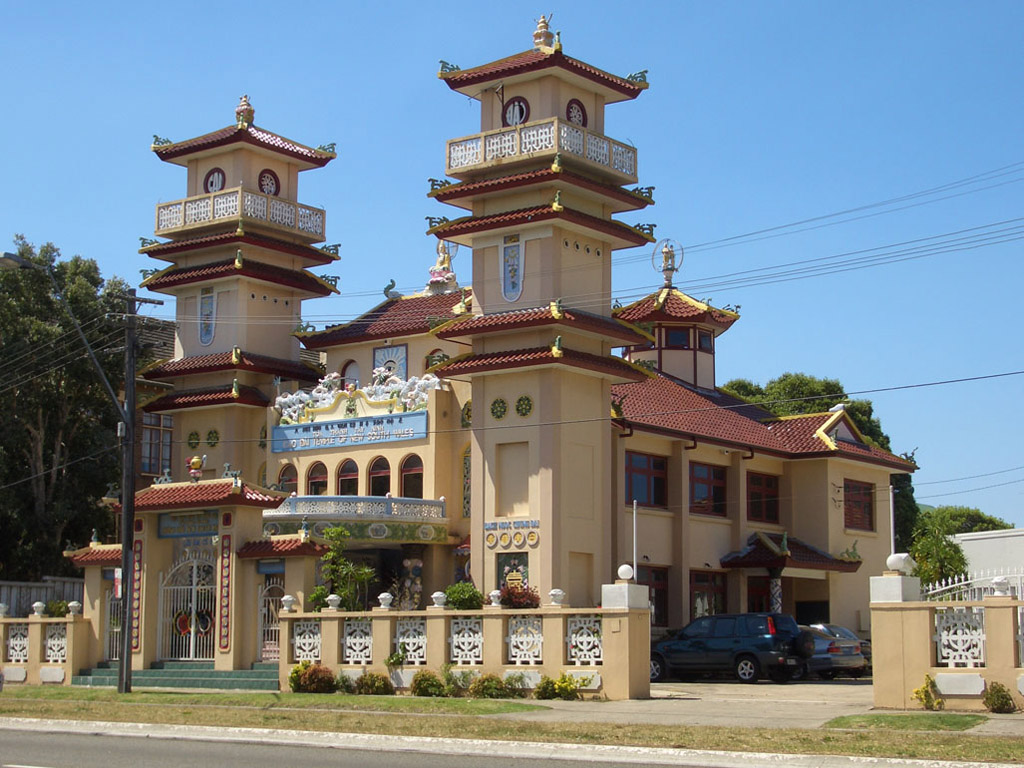9.1 To move or not to move
People move from rural to urban areas for education and jobs, travel to remote mining settlements for employment, cluster around the coasts for easy access to other places, and seek warmer climates during winter – all within Australia. Movement can be short term (such as holidays), medium to long term or fairly permanent. Access to transport means Australian citizens can choose, at relatively low cost, a variety of holiday movements – nearby, further away in Australia or, increasingly, overseas.
To understand why people move requires some thinking about the important elements in our lives and the qualities that attract us to a place.
All of us have a feeling of attachment to place and familiar surroundings. When we move around we are likely to seek places that provide us with a degree of connection to familiar features.
DEVELOPING YOUR UNDERSTANDING 9.1
In small groups, reflect for a moment on what it is that you think attracts people to where they live or wish to live. The following list of features will help start this process:
- The people are friendly.
- It’s quiet and peaceful.
- The shops and cafes are good.
- There are plenty of sports facilities.
- It’s easy to get around.
- The houses all look the same.
- It’s safe.
- People speak many languages.
- There’s no violence.
- I feel at home because …
As well as finding those features in a place, we can also create them. People are social beings. We share language, values and beliefs, plus food and clothing customs, literature, music, recreation activities, work and education. We probably are not aware of how much our thinking and our behaviour are shaped by these aspects of our personal histories. Here is an example of how important they are: when the first European settlers arrived in Australia from England, they cleared the native trees and replaced them with trees from the Northern Hemisphere, such as pines and deciduous species. They also built houses and planted gardens like English ones. Their landscape aesthetic governed their decision making in their new homeland.
Many Australians today live in places or suburbs that have developed unique cultures through a series of migration waves. Particularly in the bigger cities – Melbourne, Sydney, Brisbane and Perth – there are significant concentrations of people from particular ethnic backgrounds. In Melbourne, for instance, the suburb of Carlton is synonymous with post-World War II Italian immigration; Caulfield with Jewish people; Richmond with Vietnamese; and Box Hill with Chinese. The shops and the cultural practices of business in each area reflect the customs and cultural practices of the migrant group who settled there and made that location ‘home’. Each of these communities, along with many others dotted around Australia, are illustrations of diasporas.
Diaspora
In its strictest sense a diaspora is a group of people who are forcibly exiled from their homeland.
They maintain their sense of belonging to that homeland, and their wish to return to it. The longer the period of displacement, though, the more the diaspora is likely to lose connection with the homeland and become rooted in the place where they live. However, for many Australian diasporas there is a lingering connection to a far distant ‘home’. This is well illustrated by the Irish celebrations on St Patrick’s Day (17 March) and the Chinese celebration of the lunar New Year in February.
Members of a diaspora often feel they have two homes – where they actually live, in Australia, and the land sometimes long since left and now mainly sustained by dreams, myths and legends.
This lingering desire for the past is not simply a desire for a lost life; it can be also be associated with feelings of loss of personal power. Leaving behind all the memories of growing up and the attachments that were formed to a nation, home, school, street, town and set of daily rituals is painful. At the same time, finding a place or community in a new and welcoming homeland can offset the loss, particularly if it also creates new wealth and a comfortable lifestyle.
To better understand the complexity of the Australian people, their origins and their customs, we need to know more about the Australian government’s migration policy and how this has impacted on settlement in the past and today.
One interesting starting point for finding out about the local population would be a local migration museum, if there is one near where you live. These have rich sets of resources, including recorded stories of immigrant settlers, memorabilia from past ‘homes’ in other lands and images of courageous journeys into the unknown.
DEVELOPING YOUR UNDERSTANDING 9.2
- Identify areas near where you live that have features associated with another country. These could be food shops and restaurants.
- List any languages other than English spoken by you, your family or anyone else you know.
- Imagine that you have migrated to another country. Write a letter to a family member or friend and tell them about your new ‘home’.
